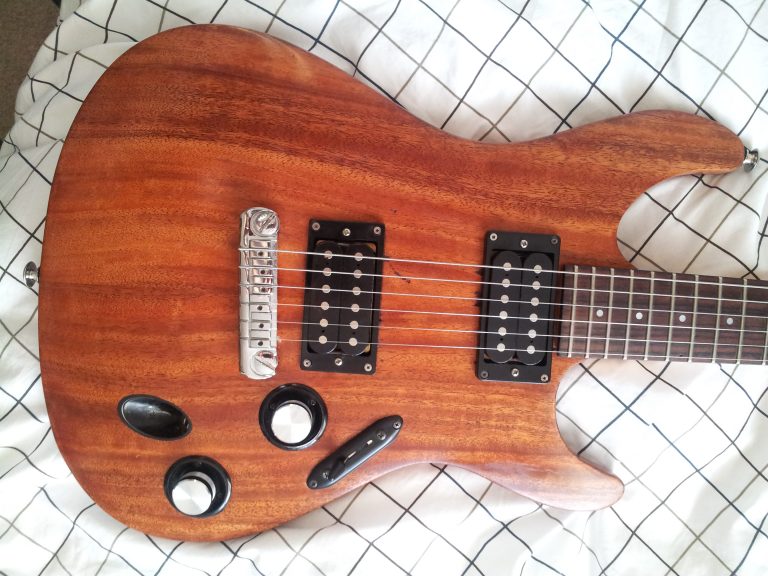Squier Classic Vibe 50’s Telecaster Review
Squier has always been Fender’s budget brand, and the specs and build often match. But in the late 80’s and early 90’s, a lot of their output had excellent build quality and hardware. It seems that it’s not just enthusiasts who remember those times fondly, as the praise for Squier’s recent Classic Vibe series shows.

There was a lot of talk on TDPRI about the Squier Classic Vibe 50’s Telecaster. Having happy memories of owning a T-style guitar back in the mists of time, I took the plunge and ordered one for myself.
First impressions
You get a choice of one colour – “Vintage Blonde”, which is a translucent creamy white, smoothly applied so the pine body grain patterns can just be seen. Topped off with a black 5-hole single ply scratchplate and a 21 fret maple neck, it certainly looks the part. From an initial once-over, I found nothing to complain about – the finish is smooth and evenly applied, no marks or overspray, and it comes from the factory with a reasonable set-up and is strung with a set of D’addario 9’s. Don’t miss the allen keys for tweaking the saddles and truss rod, they’re hidden inside the shipping box, behind the neck support.
Build
The Classic Vibe name comes from having vintage styling with modern tweaks – so the neck radius is a bend-friendly 9.5″, but the bridge has a reassuringly chunky chromed surround and solid brass saddles. Cut from nicely figured pine, the soft wood body will naturally pick up dings over time, so care needs to be taken if you want to keep it mint. The control plate features a standard 3-way pickup selector with volume and tone knobs, which are reassuringly chunky and turn smoothly but with a slight resistance. Up at the headstock end there’s a set of vintage-style slotted tuners and a single string tree, with a synthetic bone nut. The neck is a very solid piece of quarter-sawn maple with a smooth glossy finish, and is meaty in profile but a dream to play. Strip off the scratchplate and there’s even a humbucker rout in the neck position.
Playability
The CV 50’s Telecaster has a classic Tele ‘snap’ in use, and every note is positive and clearly defined. The smooth frets and generous neck radius make bends easy even in cowboy position. The classic bridge shape defines playing on a Tele for many, and the well-finished model fitted here won’t leave you with shredded hands even with vigorous palm muting.
Sound
Some claim that the pickups are made in the same factory as the well-respected Toneriders, which indicates their perceived quality. This is one area where Squier have clearly moved away from vintage, as they are high output single coils With a very hot sizzle to the bridge, the neck pickup is more restrained and the middle position is inbetween the two. Pulling it back with the volume control is natural and cuts back the treble, but even flat-out at the bridge it’s not a shrill tone (the dreaded Tele ‘icepick’ sound). If there’s a downside, it’s that the neck pickup can’t match the output of the bridge, and as it’s screwed directly to the body over a block of foam, there’s a limited range and to make any adjustments you have to remove off the pickguard – mid-gig tweaks are unlikely. Because the bridge is such a powerful pickup, the guitar can handle a wide range of tones, from country clean to high-gain metal – although you will pick up some noise it’s not badly affected by electrical interference.
Final thoughts
This has very quickly become my number one guitar, the relatively low cost and incredible build quality are a revelation compared to other ‘budget’ guitars I’ve owned and played. Comparing this to a Fender American Standard Strat at a street price £500 higher, there’s not a lot in it at all.
The USA model has slightly better fret finishing, and the pickups just take the edge, but for the money Squier can easily out-compete Fender with this series. Everyone who’s played on my CV Telecaster has been amazed at the quality, and I wouldn’t hesitate to recommend it.









